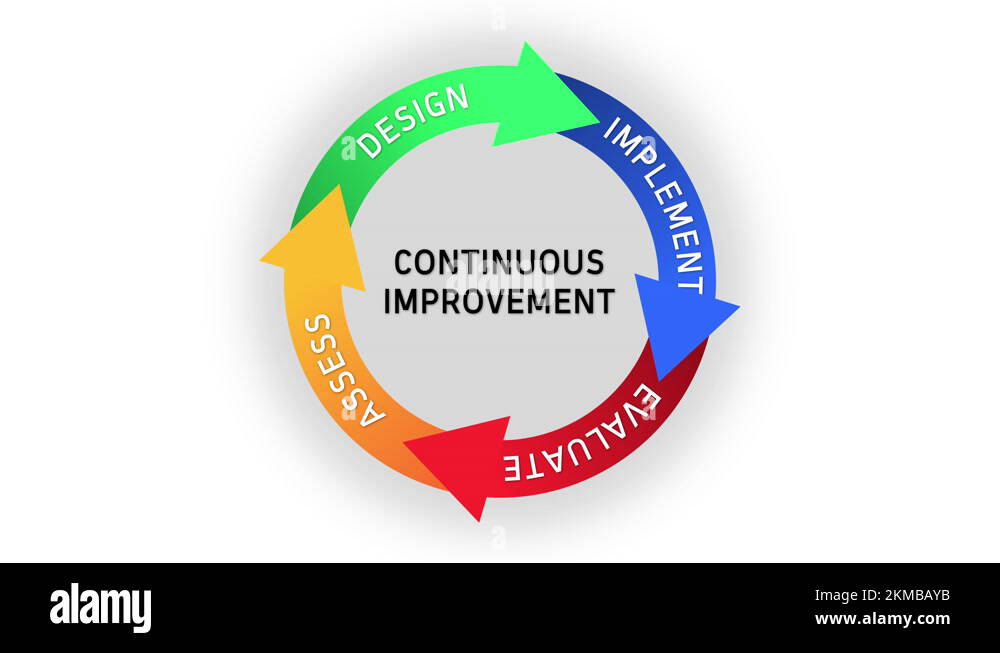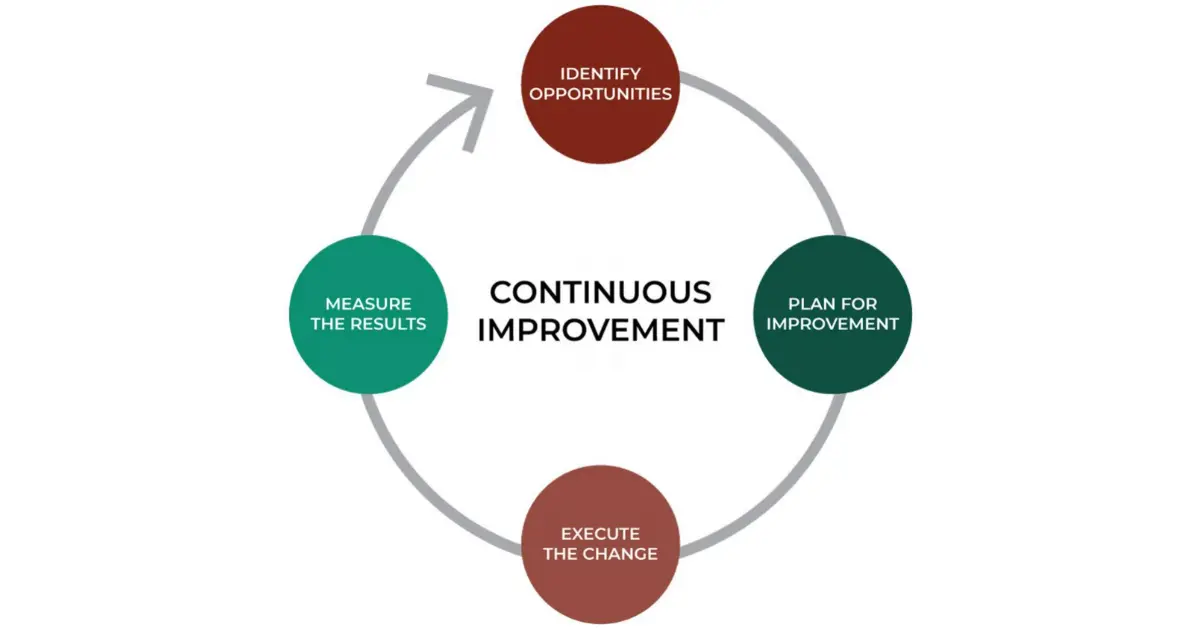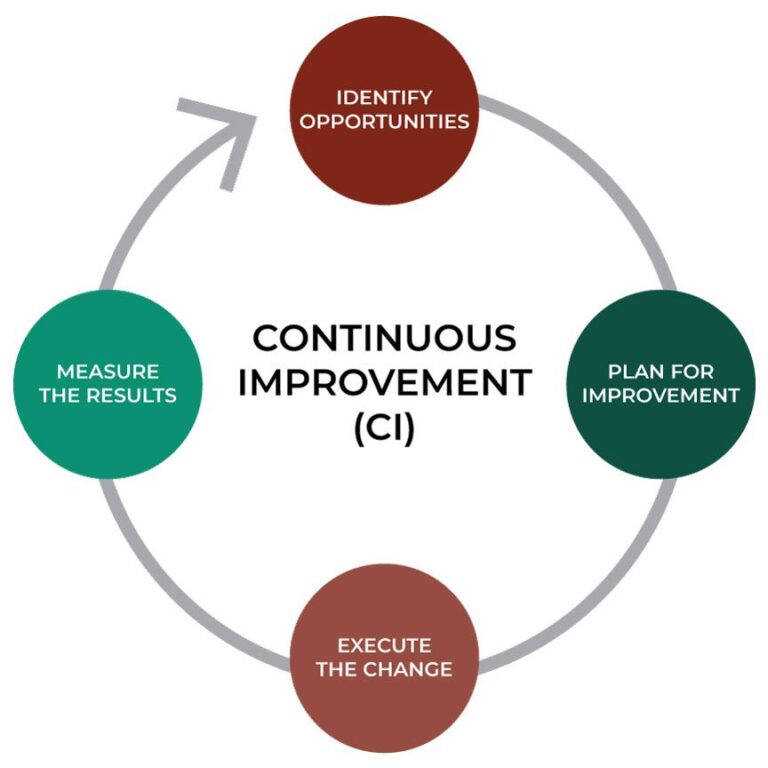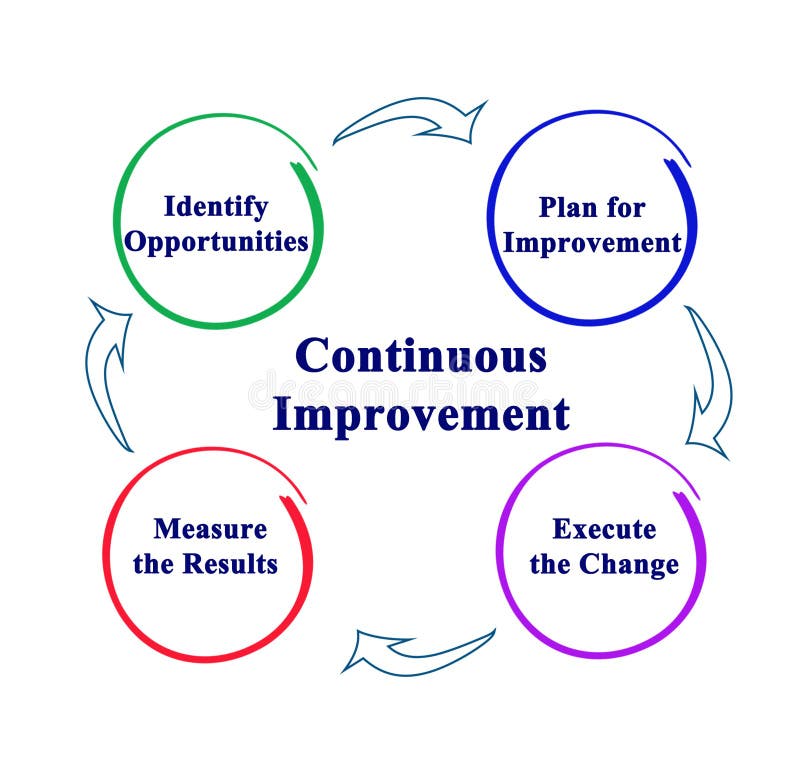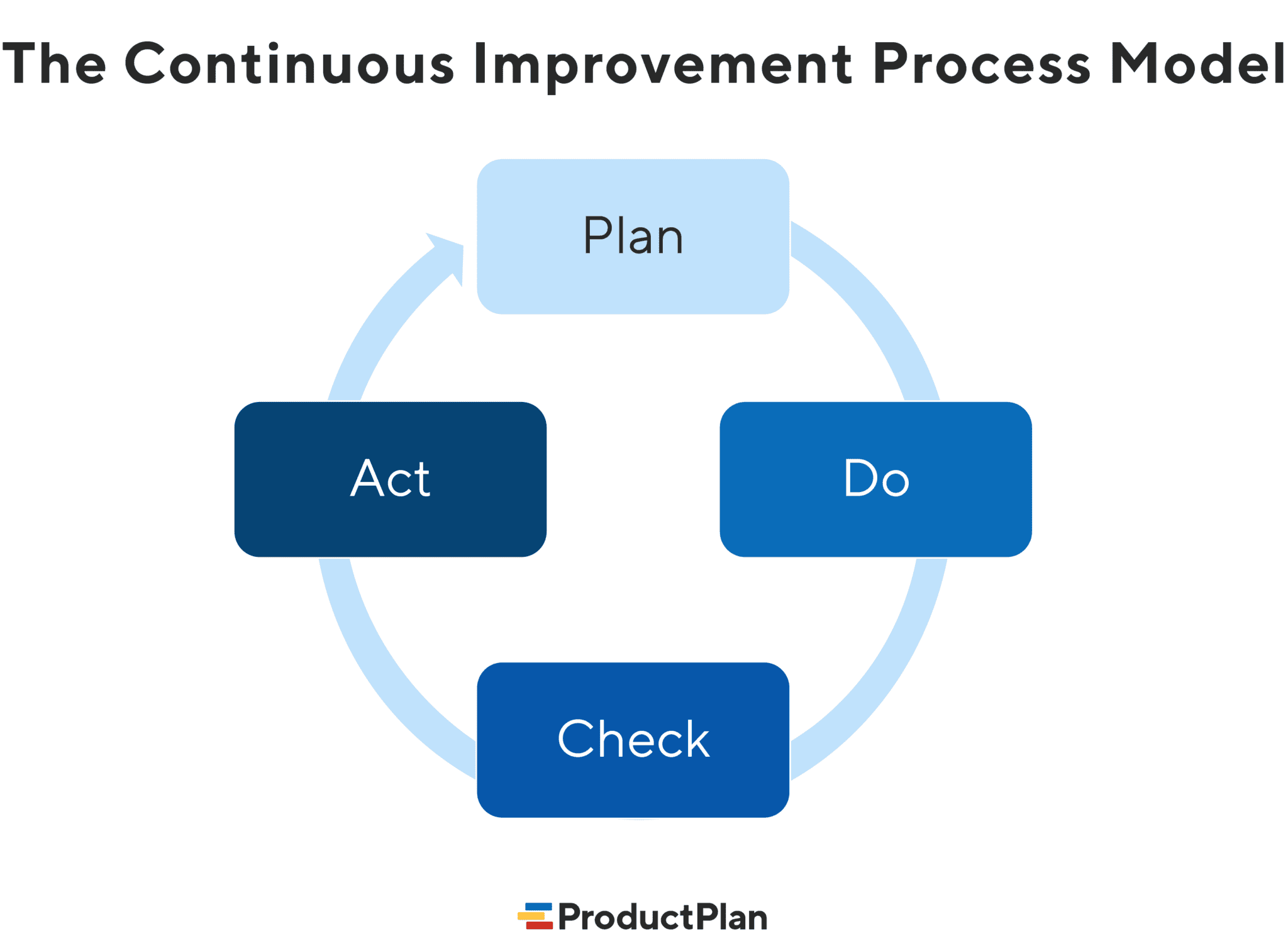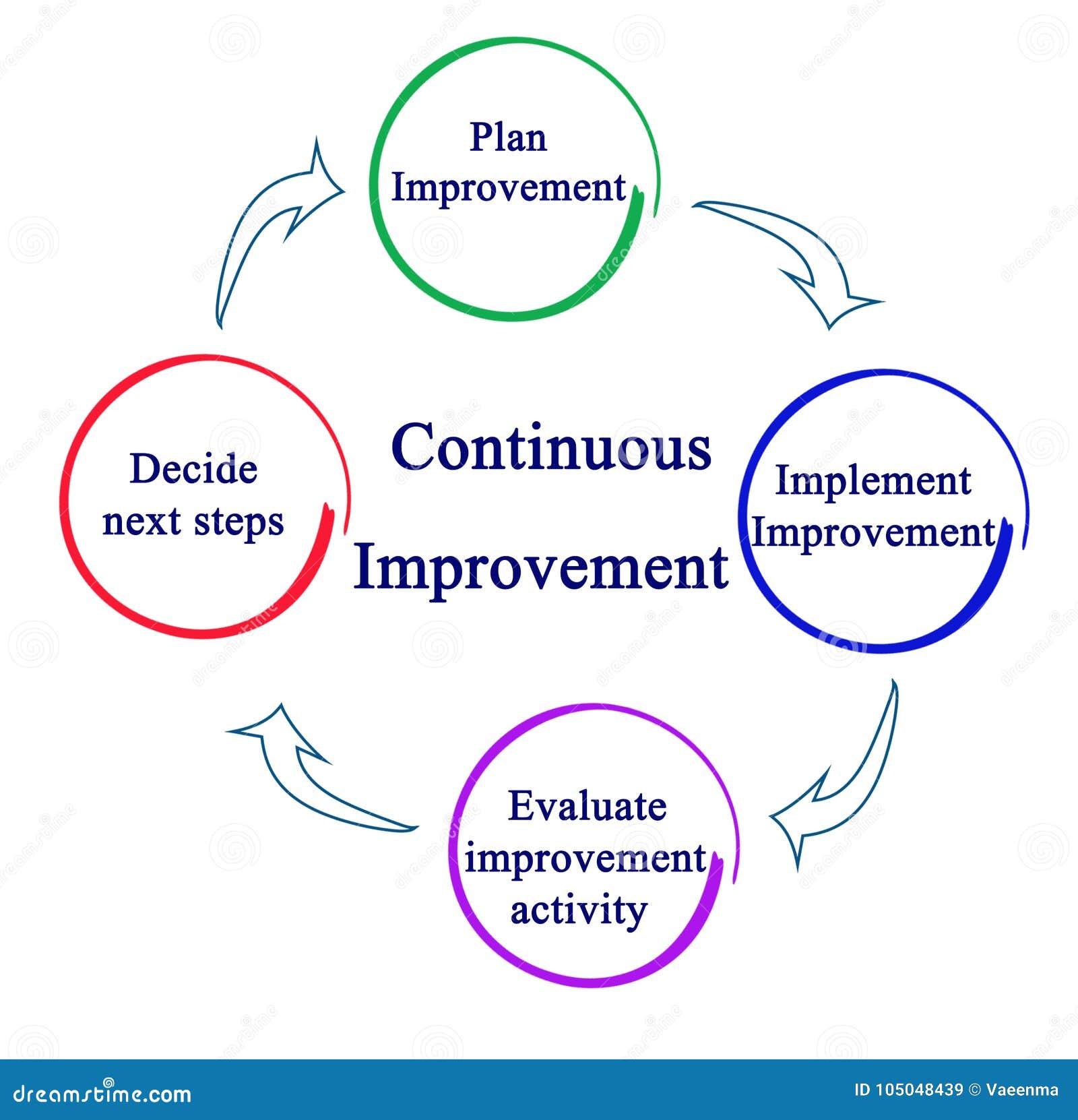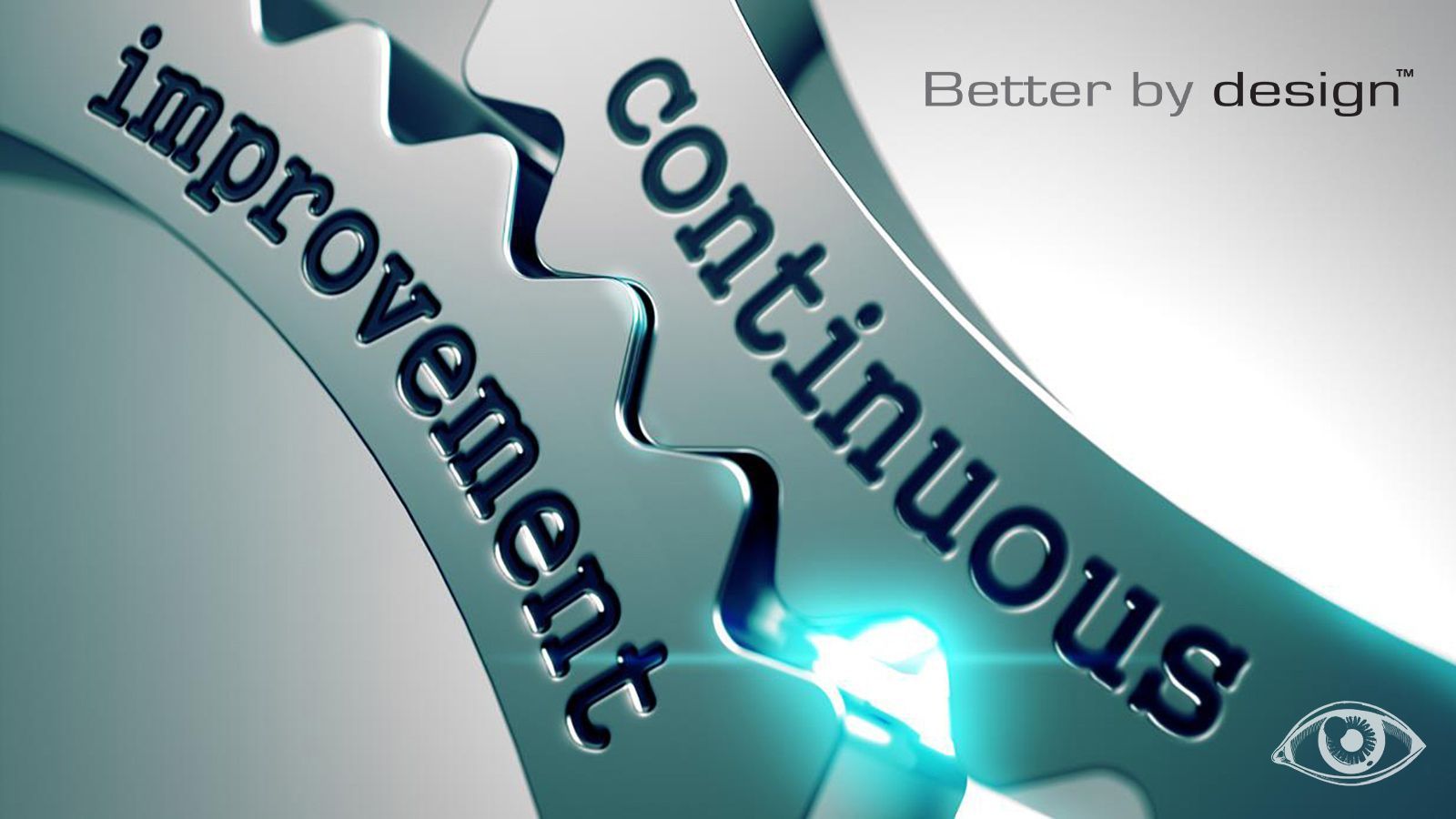Why Is The Continuous Improvement Cycle Never Fully Complete

Businesses are constantly striving for perfection, but a fundamental principle, the Continuous Improvement Cycle, often remains perpetually incomplete. The pursuit of absolute optimization is elusive, driven by evolving market dynamics, technological advancements, and the inherent limitations of human processes.
The Continuous Improvement Cycle, frequently represented as the PDCA (Plan-Do-Check-Act) cycle or similar methodologies like DMAIC (Define-Measure-Analyze-Improve-Control), provides a structured approach to enhancing processes and outcomes. However, the very nature of improvement suggests an ongoing journey rather than a destination.
Evolving Market Dynamics
Market conditions are rarely static. Consumer preferences shift, competitors introduce innovative products, and economic landscapes fluctuate.
According to a 2023 report by McKinsey, 64% of executives stated that adapting to market changes is their biggest challenge in achieving operational excellence.
This constant change necessitates continuous adaptation and refinement of business processes, preventing any definitive "completion" of improvement cycles.
Technological Advancements
Technology continues to evolve at an exponential pace.
New software, automation tools, and data analytics platforms are constantly emerging, offering opportunities to enhance efficiency and productivity.
As these technologies become available, businesses must assess their potential impact and integrate them into their existing systems, prompting further cycles of improvement.
Human Factors and Process Variance
Human involvement introduces inherent variability into any process.
Even with standardized procedures, individual skills, motivation levels, and external factors can lead to inconsistencies and deviations from the norm.
These variations require ongoing monitoring, analysis, and corrective actions to maintain desired levels of performance, making the Continuous Improvement Cycle a perpetual endeavor.
The Paradox of Perfection
The pursuit of perfection can be a driving force for positive change, but it can also be a source of frustration and diminishing returns.
As processes become increasingly optimized, the incremental gains from further improvements may become smaller and more difficult to achieve.
At some point, the cost of pursuing further optimization may outweigh the benefits, suggesting a practical limit to the Continuous Improvement Cycle, though not necessarily its completion.
Data-Driven Decision Making is Critical
The effective implementation of Continuous Improvement relies heavily on accurate and timely data.
Data helps identify areas for improvement, track the impact of changes, and ensure that processes are performing as expected.
However, data collection and analysis can be complex and resource-intensive, and the quality of the data is crucial for making informed decisions.
Lack of Standardisation and documentation
Many organisations struggle to maintain the Continuous Improvement Cycle due to poorly documented and standardised processes.
Without clear documentation, it is difficult to monitor progress, identify areas for improvement, and replicate successes across the organisation.
Standardisation ensures that processes are consistent and predictable, reducing variability and making it easier to identify and address problems.
Employee Engagement is Key
Successful Continuous Improvement requires the active engagement of employees at all levels of the organisation.
Employees are often the best source of ideas for improvement, and they are also the ones who are most directly affected by changes to processes.
Creating a culture of continuous improvement, where employees are encouraged to identify and address problems, is essential for sustaining long-term gains.
Resistance to Change
One of the biggest challenges in implementing Continuous Improvement is overcoming resistance to change.
People are often resistant to change because they are comfortable with the way things are, or they fear that change will have negative consequences for them.
Overcoming resistance to change requires effective communication, education, and involvement of employees in the improvement process.
Next Steps: Embracing the Journey
Recognizing that the Continuous Improvement Cycle is never truly complete is not a cause for discouragement, but rather a call to embrace the ongoing journey.
Organizations should focus on establishing a culture of continuous learning, experimentation, and adaptation.
By fostering a mindset of constant improvement, businesses can position themselves for long-term success in an ever-changing world, acknowledging the never ending cycle of evolution.
Ongoing Developments
Future developments in areas such as artificial intelligence and machine learning hold the potential to further enhance the Continuous Improvement Cycle.
These technologies can automate data analysis, identify patterns, and predict potential problems, enabling businesses to proactively address issues and optimize processes in real time.
Staying abreast of these technological advancements and integrating them into improvement strategies will be crucial for maintaining a competitive edge.
